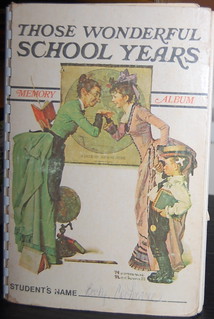 Do you have your report cards? I have all of mine except, mysteriously, from third grade. Maybe we moved before I could get it. I think my mother made it easier on me to keep up with that stuff by giving me this book somewhere along the way.
Do you have your report cards? I have all of mine except, mysteriously, from third grade. Maybe we moved before I could get it. I think my mother made it easier on me to keep up with that stuff by giving me this book somewhere along the way.
It has pockets for every year, kindergarten through twelfth grades. There are places to put information about the school year: pets, best friends, extra-curricular activities, favorite teachers and classes. For a long time this is where I kept the school pictures other students traded me for mine until one year when I put those in albums. But the report cards are still in there, along with a few little souvenir items from my final years in high school. I recently took out my report cards to look at my grades. They were pretty good except for some bad years in science and math; sadly, most of that was about being boy crazy. I don’t even remember some of my teachers from those years.
For some reason, I turned the report cards over, and year after year, there’s my mother’s signature: either Mrs William D Cochrane or Mrs Wm D Cochrane.
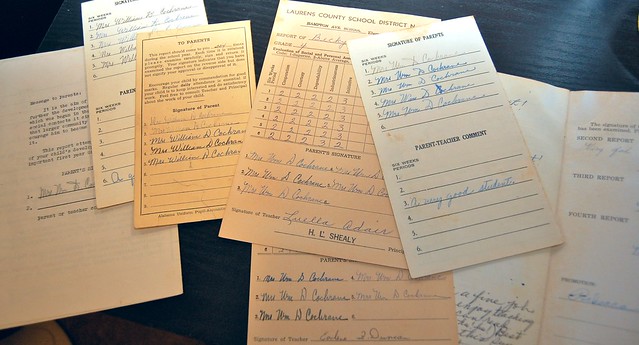
Then in tenth grade, that abruptly stops. There’s a story that signatures don’t tell.
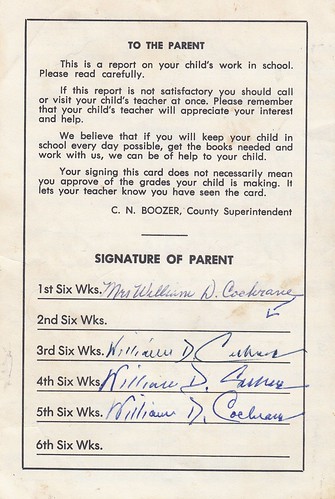
She signed on the wrong line the second six weeks of my sophomore year because I wasn’t in that school the first six weeks. So a little arrow is drawn to show where she should have signed. Thereafter, my father signed. It’d be easy to say that’s because we were in the same school. I just walked the report card down the hall to his office, asked him to sign it, and returned it to my homeroom teacher. But the bigger story is that my mother and I basically didn’t interact that year. I was in full-fledged rebellion, furious at her for making me transfer schools, so we were on a break. She got her first grandchild in early November, a happy distraction for her, and I stayed in my bedroom for nine months. How lucky was my father to be caught between two stubborn, angry females!
By eleventh grade, a truce had been declared. However, I clearly forgot to take my report card to her at the end of the first six weeks.
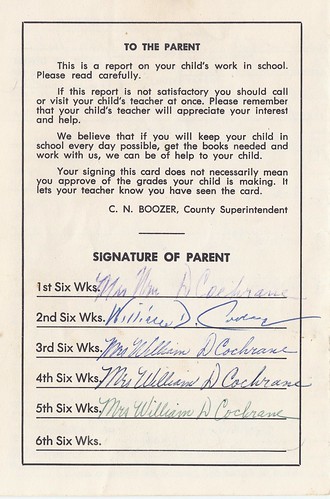
Because that first “Mrs Wm D Cochrane” is a total forgery of her handwriting by me. I undoubtedly took my report card to my father the second six weeks and said, “I probably shouldn’t let her see that I forged her name last time,” so he signed it. From then on, it was back to her. I’m glad we got along that year, because she suffered a couple of stunning blows when one of her dearest friends died, and shortly after, Uncle Gerald, the brother to whom she was closest, also died. That year I remember going home in the middle of the day for some reason and finding her sobbing in her bedroom. She didn’t tell me why, and I wanted so much to do something. It would be a few years before I realized that sometimes when women are alone we just need to cry and we don’t need anyone to try to fix anything for us.
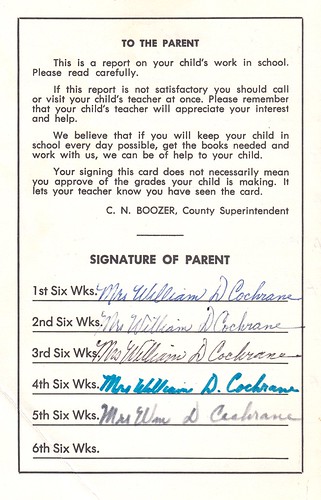
My senior year, she’s the official report card signer again. I had almost all “A”s that year, so who knows why I forged her signature the fourth six weeks. Maybe she and my father weren’t around. All I know is that I can spot the fake from across the room. I wonder if my teachers knew?

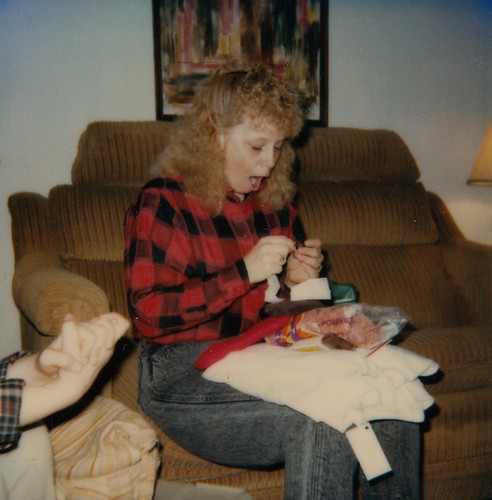
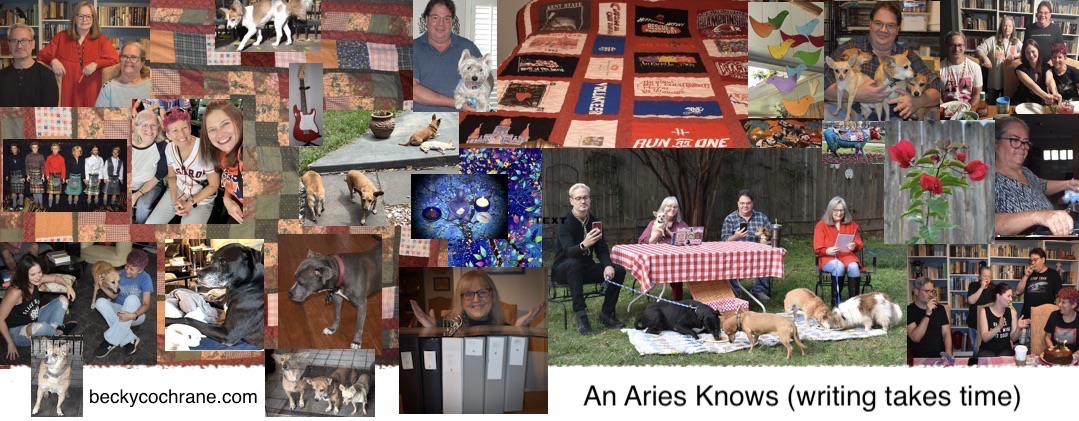
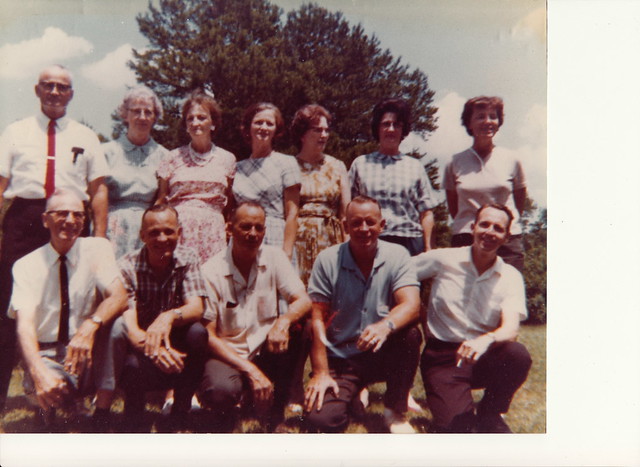
 This is a photo from her collection, not mine. (And her version is better, because this is a picture of a picture, not a scan.) She’s sitting on the steps outside the doors leading from her parents’ living room to their back yard, and the dog is Ezra. The photo was taken the end of junior year/summer/beginning of senior year of high school. And she looks like such a hippie.
This is a photo from her collection, not mine. (And her version is better, because this is a picture of a picture, not a scan.) She’s sitting on the steps outside the doors leading from her parents’ living room to their back yard, and the dog is Ezra. The photo was taken the end of junior year/summer/beginning of senior year of high school. And she looks like such a hippie.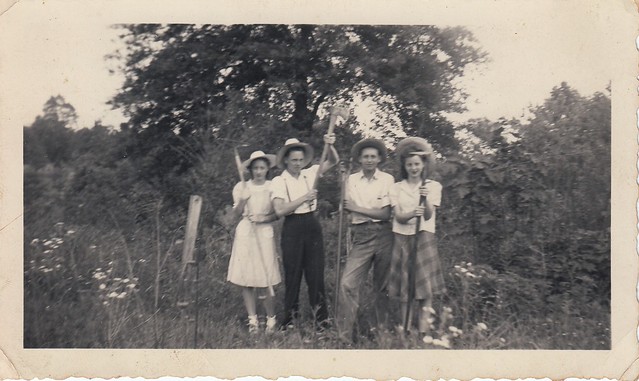
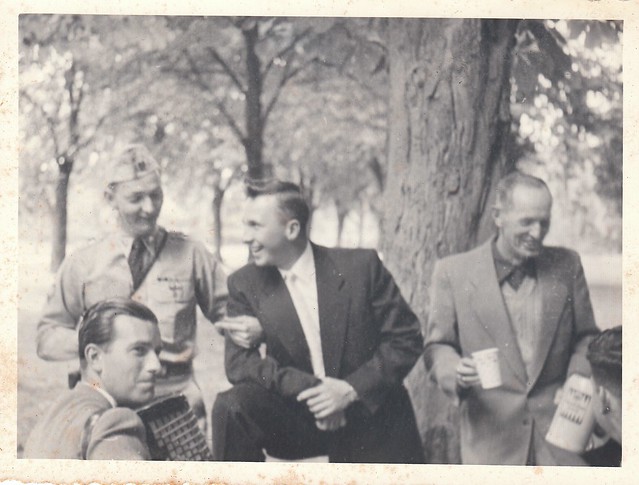
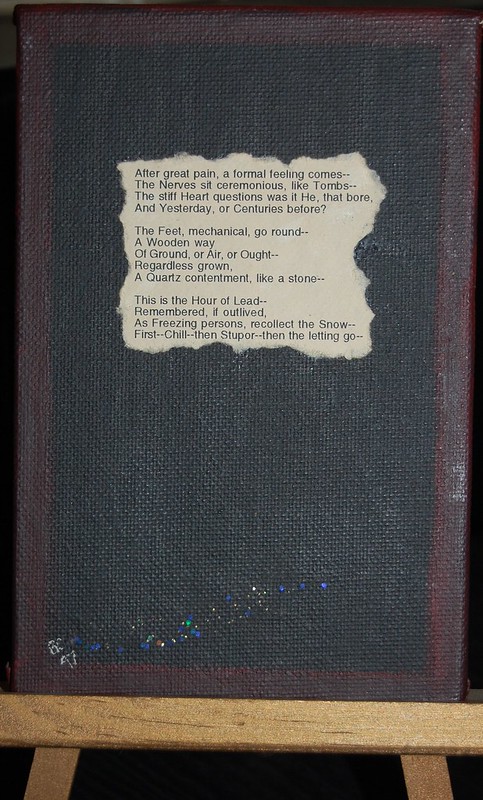
 Do you have your report cards? I have all of mine except, mysteriously, from third grade. Maybe we moved before I could get it. I think my mother made it easier on me to keep up with that stuff by giving me this book somewhere along the way.
Do you have your report cards? I have all of mine except, mysteriously, from third grade. Maybe we moved before I could get it. I think my mother made it easier on me to keep up with that stuff by giving me this book somewhere along the way.




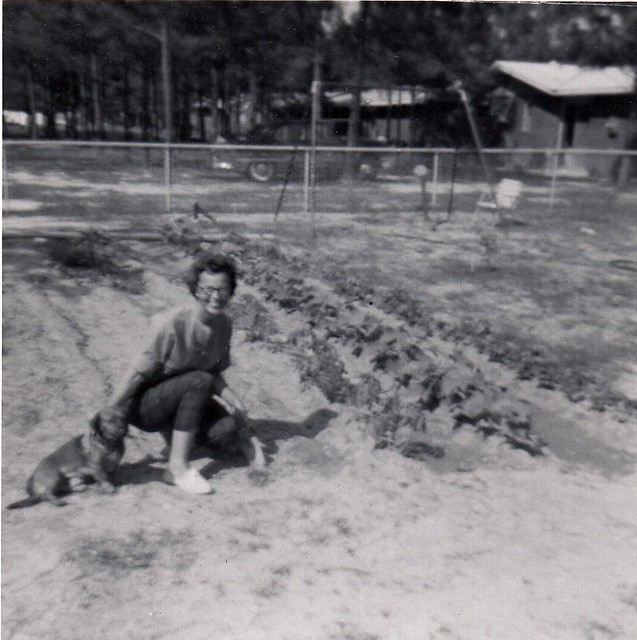
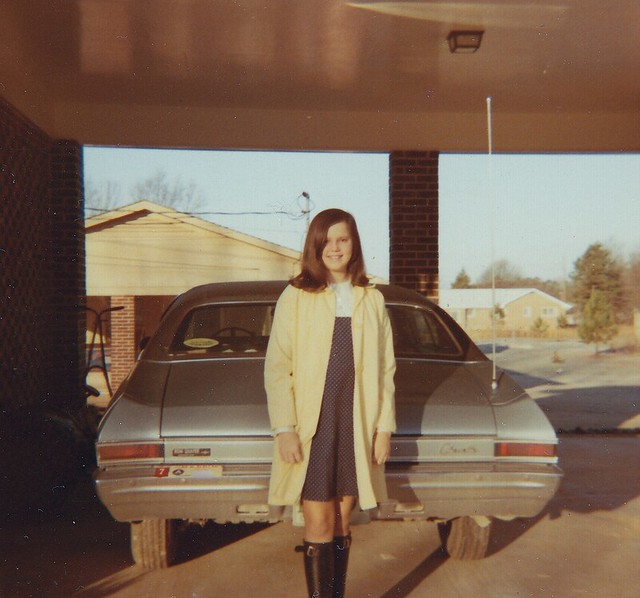
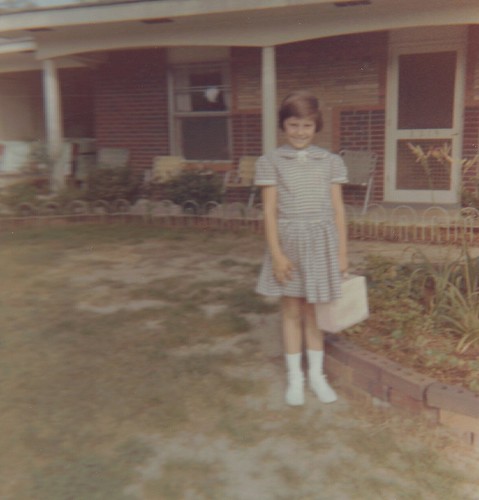


 “And who shall say–whatever disenchantment follows–that we ever forget magic; or that we can ever betray, on this leaden earth, the apple-tree, the singing, and the gold?”
“And who shall say–whatever disenchantment follows–that we ever forget magic; or that we can ever betray, on this leaden earth, the apple-tree, the singing, and the gold?”